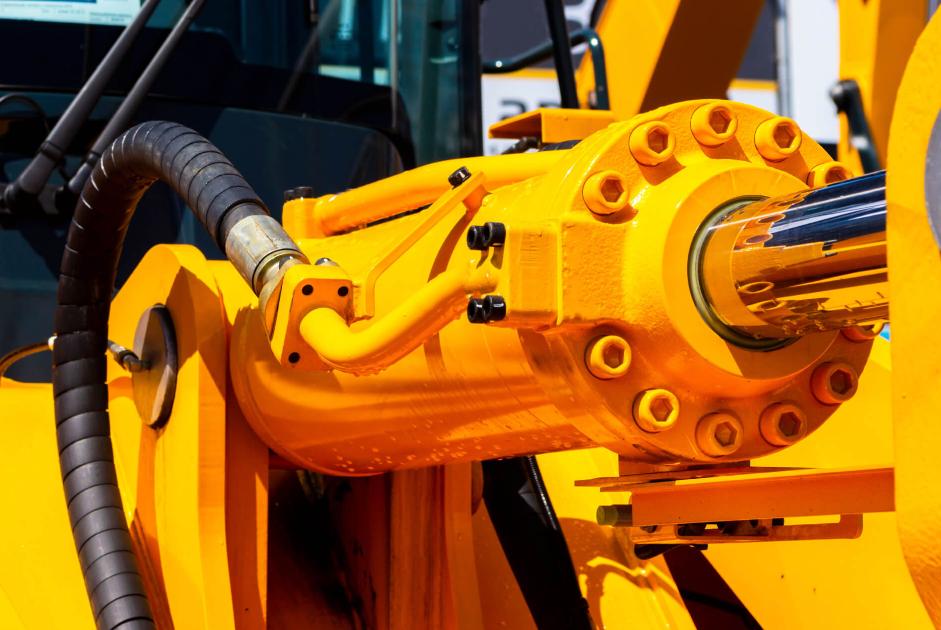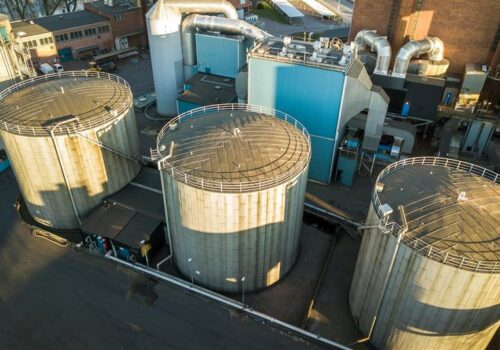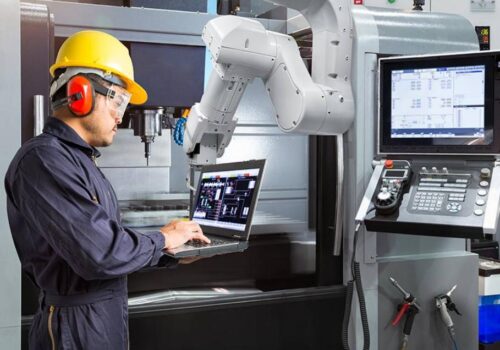Mastering the Art of Hydraulic Equipment Repair: Maintenance Tips
Embarking on the journey of maintaining and repairing hydraulic equipment can seem daunting at first. However, with the right practices and a solid understanding of maintenance tips, the process becomes significantly smoother. Whether you’re dealing with machinery in industrial settings or tackling projects that require precision and power, understanding the nuances of hydraulic equipment repair is crucial. This article aims to equip individuals with valuable insights and practical strategies to ensure their hydraulic systems operate efficiently and last longer, thereby reducing downtime and avoiding costly repairs.
5 Maintenance Tips
1. Regular System Inspection
Routine inspections are a cornerstone of effective hydraulic machinery upkeep. Diligent examination can pinpoint potential issues before they escalate into major complications. It is advised to conduct comprehensive checks on all hydraulic components, including hoses, fittings, and seals, to ensure they are in top condition and functioning properly.
2. Maintain Fluid Cleanliness
The lifeblood of any hydraulic system is its fluid. Keeping this fluid clean can drastically reduce the likelihood of machine failure. Implement strict contamination control procedures, such as changing filters regularly and using clean containers and funnels when adding or changing fluid, to prolong the lifespan of equipment and maintain its performance.
3. Operate Within Recommended Parameters
Understanding and adhering to the manufacturer’s specifications is paramount for the longevity and safety of hydraulic equipment. Ensuring that all machinery operates within the recommended temperature and pressure ranges can prevent damage to components and avoid repair needs for hydraulic machinery.
4. Invest in Quality Parts for Repair
When it becomes necessary to perform hydraulic equipment repair, choosing high-quality replacement parts can make a significant difference. Subpar components may fail prematurely, increasing the frequency of necessary repairs and possibly causing system-wide issues. Prioritize well-made, reliable parts to enhance the durability and reliability of hydraulic equipment.
5. Training and Knowledge Development
Staying well-informed about the latest repair techniques and advancements in hydraulic technology can greatly enrich maintenance protocols. Encourage continuous learning and training opportunities for those tasked with handling repairs, ensuring that they can expertly troubleshoot issues and perform maintenance without causing additional harm to the equipment.
Conclusion
In conclusion, mastering the nuances of hydraulic equipment repair doesn’t merely extend the lifecycle of the machinery but also enhances performance, ensuring operations run smoothly and efficiently. By prioritizing regular inspections, maintaining fluid cleanliness, adhering to operating specifications, investing in quality parts, and fostering a culture of continuous learning, individuals can significantly mitigate risks associated with equipment failure. Such proactive maintenance strategies not only safeguard against the inconvenience and expense of unexpected repairs but also contribute to a safer, more productive working environment. Remember, the longevity and reliability of hydraulic systems are largely dependent on the care and expertise applied in their maintenance and repair.





